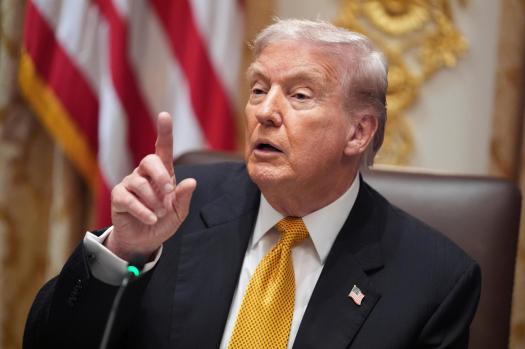UPDATE: Governor Kathy Hochul is facing a critical decision as she considers signing a bill that mandates the presence of subway conductors on nearly all trains in New York City. This urgent legislation, known as Senate Bill S4091 and Assembly Bill A4873, could reshape the future of subway operations before the end of the year.
As of now, some trains in the city, including the Times Square shuttle and the G train during late hours, already operate without conductors. Advocates for the bill assert that having a two-person crew is crucial for public safety and operational reliability. John Samuelsen, president of the Transit Workers Union, emphasizes that conductors are vital to ensuring passenger safety as they oversee boarding and alighting procedures.
If Governor Hochul signs the bill, it would legally enshrine the practice of maintaining conductors on most subway trains. The decision is pressing as Hochul is up for reelection next year, and public safety remains a top concern amidst rising crime rates in the transit system.
Despite this push for conductors, a recent study from NYU’s Marron Institute challenges the necessity of a two-person crew. Analyzing over 400 train systems worldwide, researchers found that less than 6.25% operate with two crew members. They argue that implementing this bill could undermine significant investments aimed at enhancing subway operations and safety.
Samuelsen dismissed the study as flawed, stating, “Academics think working people are stupid. They can make data lie for them.” He insists that the unique challenges of the NYC subway system justify the need for conductors, especially given the numerous high-speed curves and aging infrastructure.
Passengers echo the sentiments of union leaders, expressing that conductors provide a sense of security. One commuter remarked, “Especially when it’s late, when it’s dark, when I’m alone. I like knowing that person is there.” Another rider stated, “It’s common sense to have two people on the train, due to all the issues that occur on the train, like accidents and assaults.”
With the deadline looming, Governor Hochul’s office has confirmed that she is still reviewing the legislation. The implications of her decision could have lasting effects on subway safety and staffing protocols. As commuters await the outcome, the debate over the necessity of conductors in one of the largest transit systems in the world intensifies.
As the situation develops, all eyes remain on Albany, where Hochul’s decision could either reinforce current practices or shift the operational landscape of the MTA dramatically. Commuters, union members, and safety advocates are urging swift action to ensure the safety and reliability of New York City’s subway system.







